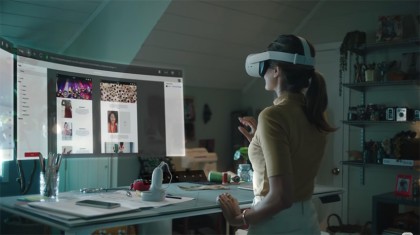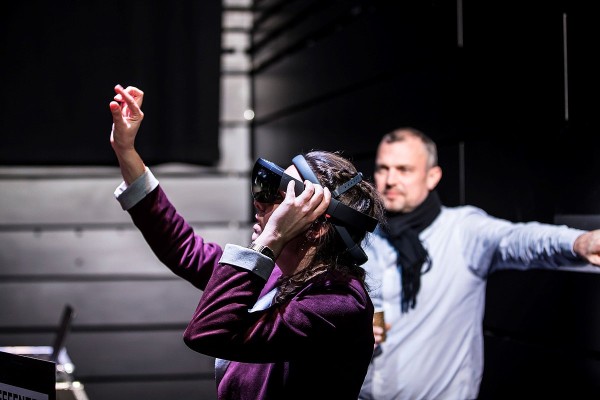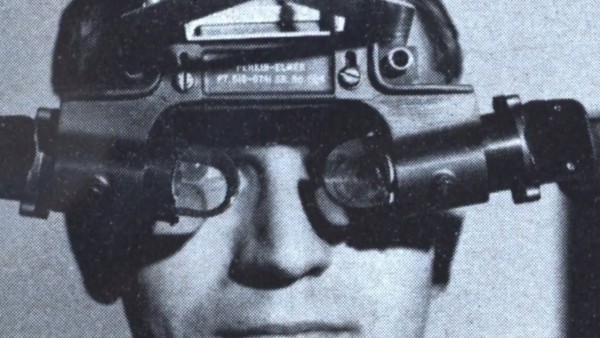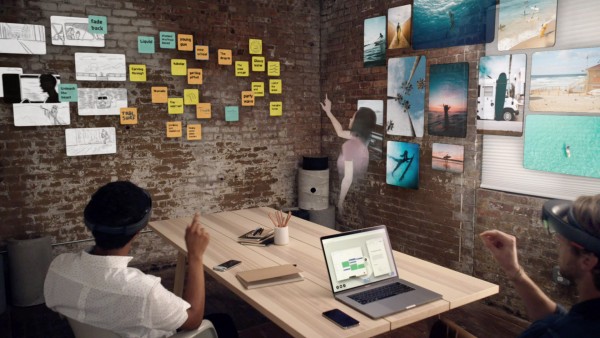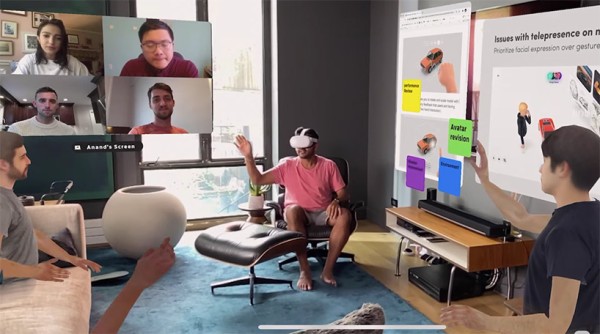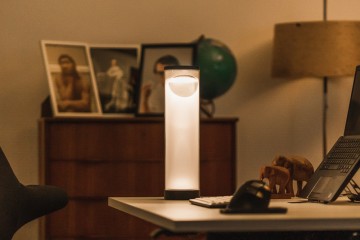Analysing data
Analysing large quantities of data such as large databases containing statistics, scientific measurements or simulation findings is difficult. You can lose sight of the whole picture or have trouble maintaining a bird's-eye view (and will possibly focus only on certain statistics).
Virtual reality can help during this process. Presenting large quantities of data in visual form makes it easier to discover relationships or developments. This way, you can identify developments that you might not have noticed in an enormous mountain of data.
Reducing physical pain
One thing we should be clear about is that VDU work can be associated with adverse physical consequences resulting from too much use of the mouse, an improper sitting posture during VDU work, or simply sitting too long.
Much of this physical pain can be prevented by using the right ergonomic tools. But doing more to limit working with a mouse, keyboard or even a monitor would be even better. What about drawing up a strategic plan while taking your dog for a walk, or visualising statistics while sitting on your patio? Augmented reality can make this possible because your objects (such as a document) can be made to 'appear' before you. Meanwhile, you are still aware of your environment so that you can remain on the go.
Speech recognition (a software solution that's been in use for some time to reduce the use of the mouse) can be used to draw up documents.
The Reality
Although these technologies may seem farfetched, ways of applying them are closer to implementation than you might think. The first virtual reality headsets have already been introduced to the consumer market, and test versions of augmented reality headsets (also called smart glasses) are now being distributed to various software developers. Virtual and augmented reality can definitely contribute to the improvement of work processes, whether this involves holding meetings, analysing statistics or completely designing a work space. In the future, this technology could also reduce costs.
However, whether we can or want to do without personal contact with our colleagues is the question. Occasions to be together will still be important for maintaining healthy working relationships and satisfying our need for social contact.
